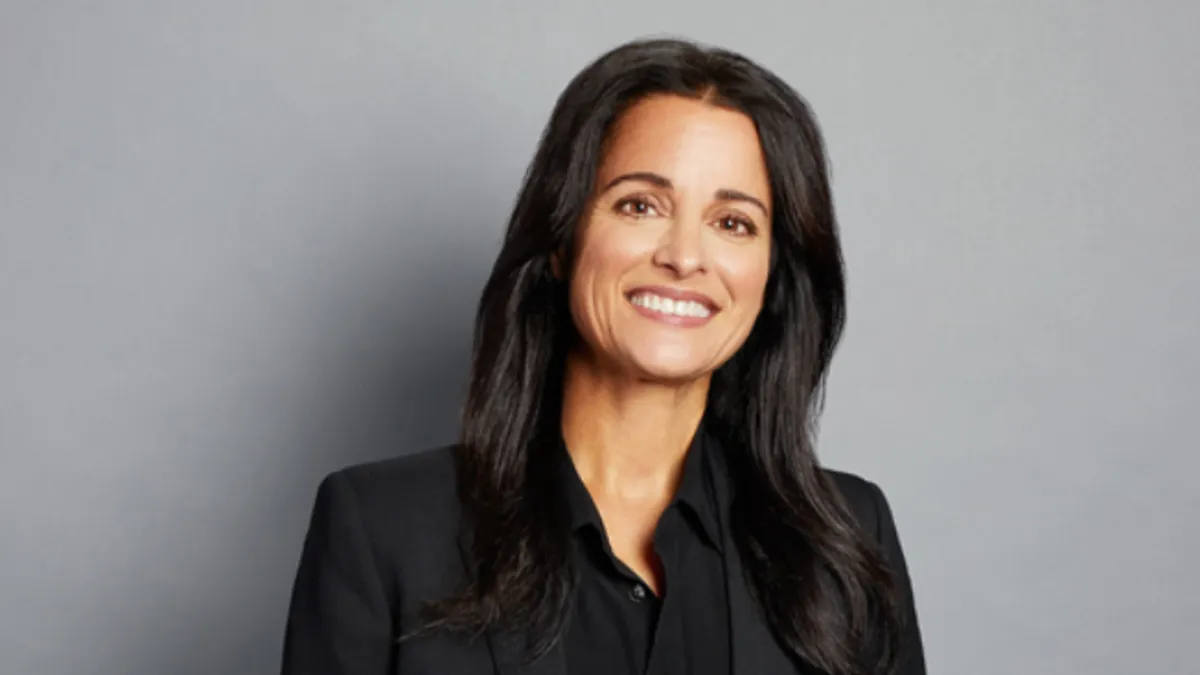Dive Brief:
-
In November 2019, 148 CEOs left their posts, down 14% from the record 172 who did so in October, according to Challenger, Gray & Christmas, Inc.'s monthly report on chief executive turnover.
-
This year is tracking 12% higher than 2018 for CEO exists, with 1,480 departing between January and November. Last year, there were 1,323 departures during that period. So far, 2019 is on pace to best the previous full-year high of 1,484 CEO departures, measured in 2008. When it comes to filling roles, external replacements surpassed internal ones this year for the first time since 2013.
-
Fourteen CEOs so far this year left their positions while facing accusations of professional misconduct.
Dive Insight:
The upheaval of CEOs this year is evident in the retail sector. Just this month, Kate Spade and Away replaced their chief executives, the latter coming just after an investigative report into Away's workplace culture. Other high-profile exits this year include those from Express, Inc. Bed Bath & Beyond, Under Armour, and Calvin Klein.
But as the profile of the retail CEO has risen, so too has the pressure to perform in the limelight. Mark Parker will step down as Nike's CEO in January after serving in the role since 2006. In the past few years the company faced public scrutiny. In 2018 a class action lawsuit was filed against the althetics retailer alleging it discriminated against female employees. Under Armour is under investigation by the Securities and Exchange Commission and the Department of Justice for its accounting practices.
Additionally, Bed Bath & Beyond's former CEO Steven Temares stepped down in May following weeks of pressure from activist investors. His permanent replacement, Mark Tritton, earlier this month announced six other senior executives would be exiting the company, signaling an entire regime change.
With store closures surpassing 9,000 in the U.S. this year — almost 60% more than in 2018 — all eyes are on retail leadership to guide their brands through this period rife with bankruptcies and attempts at an industry turnaround. However, it's suspected that this period of closures could extend through the next two years.












